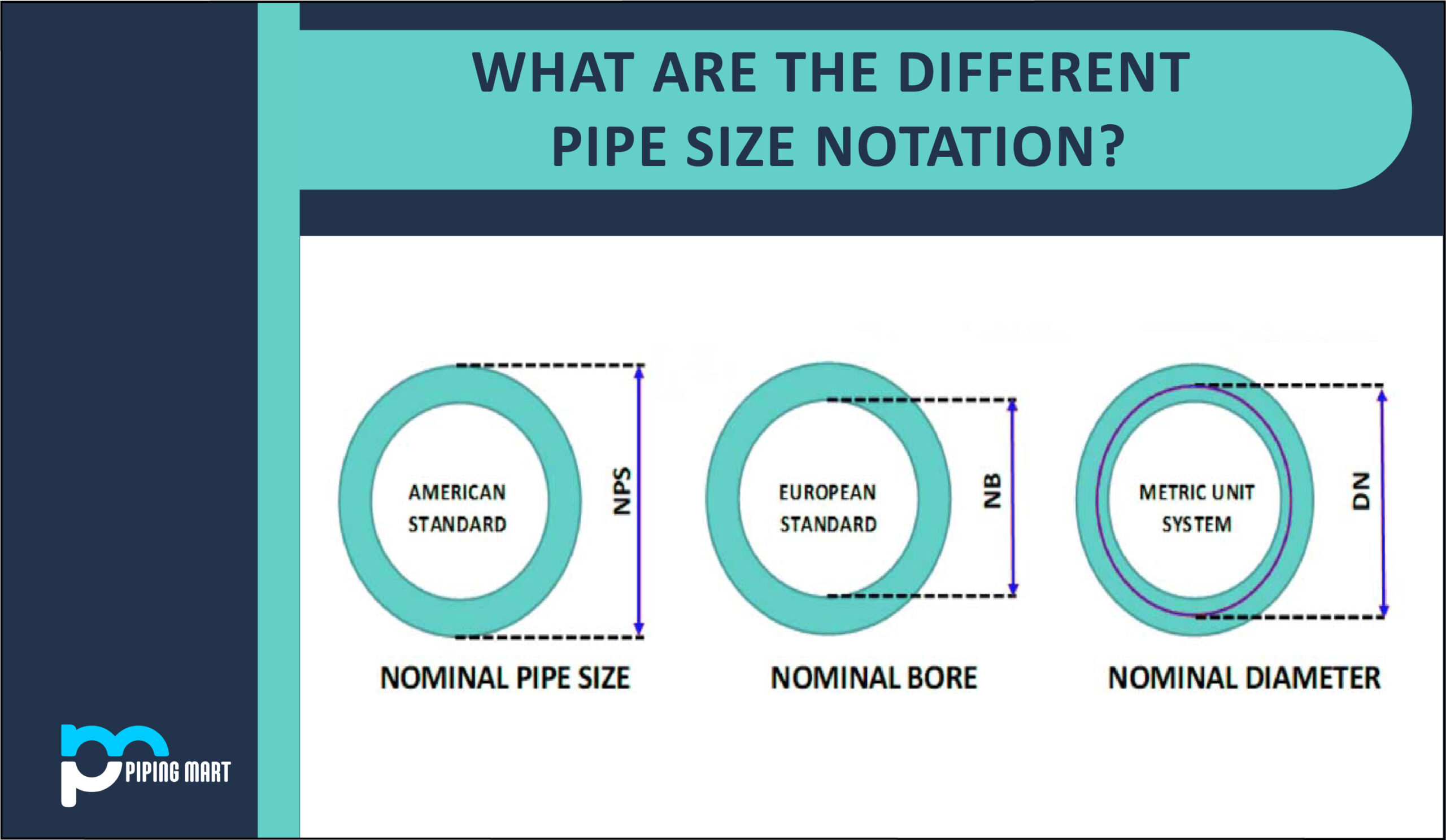For planning and indicating the type of pipe to be used when a project is carried out, pipe size is crucial. The choice of the pipe size is primarily influenced by the required flow rate, the piping system’s pressure, and the end connection equipment. Identification of Pipe Size is Important for transmitting the exact idea from the Piping Design Team to the Piping Execution Team for using the Correct Pipe Size for Spool Fabrication.
Many of us refer to pipe size in terms of nominal diameter (DN), nominal pipe size (NPS), or nominal bore (NB) (Nominal Bore). However, despite having certain similarities and variances in terms of their uses and places of origin, these are all notations for pipe sizes.
What is Nominal Pipe Size (NPS)?
Nominal pipe size, or NPS, is a pipe size standard used in the United States for various piping systems. The pipe size is measured and indicated in “INCH.” Nominal pipe size only pertains to the pipe’s OD or outer diameter. As an illustration, the term “6 NPS” designates a pipe with an outside diameter of 6.625 inches. Internal diameter, in this case, is not fixed since wall thickness can vary depending on application design.
As measured in the Schedule, two non-dimensional numbers, pipe diameter and wall thickness, are used to identify certain pipes (SCH). The pipe schedule determines the pipe wall thickness specification. Since the pipe’s outer diameter (OD) is permanently fixed, increasing the pipe wall thickness causes the pipe’s inner diameter (ID) to decrease. The mechanical strength of the pipe to handle its more tremendous design pressure is also increased by thicker pipe walls.
What is Nominal diameter (DN)?
The nominal diameter, abbreviated DN, is frequently referred to as “mean or average outer diameter.” The metric unit system uses nominal diameter, sometimes known as diameter nominal (DN). The pipe’s inner diameter (ID) and outer diameter (OD) are not equal to the nominal diameter. The term “nominal” itself refers to anything vague and approximate. DN identifies the approximate inner diameter in this situation.
Although not precisely equal, the value of DN is close to the inner diameter of the pipe. The connecting dimensions of pipes and pipe fittings are denoted using this notation. Pipes come in various DN sizes, and using standard tables and pipe schedule charts, the DN is used to determine the pipe’s final dimensions.
If DN is given with reference standards, pipes with actual inner diameters varying by several millimetres from one manufacturer to the next can be welded together. This value of NPS must be multiplied by 25, not 25.4, to be converted from NPS to DN.
What is Nominal Bore (NB)?
A European standard for indicating pipe size is a nominal bore or NB. In the context of pipes, the terms bore and nominal refers to hollow structures, respectively. The pipe’s nominal bore is its estimated internal measurement throughout its diameter. In other words, a nominal bore refers to the pipe’s bore’s approximation in size.
A pipe is precisely 10.75 inches long when measured in inches; hence, 10.75′′ x 25.4 = 273.05mm. Because of this, the outside diameter is not a specific number, like 250NB. When choosing the pipe’s exterior diameter, manufacturers must adhere to a standard.
Although NPS, NB, and DN have many characteristics, there are a few apparent differences that we should be aware of when utilizing these notations:
- While NB is European and DN is a standard from the metric unit system, NPS is the American Standard of Pipe Size Notation.
- NPS provides information relating to the outside diameter of the pipe, NB relates to the interior diameter of the pipe, and DN is neither connected to the outer nor the internal diameter of the pipe but is near to it.
- NPS gives the pipe’s dimension in “Inches,” whereas NB and DN give it in “mm.”
- Neither NB, NPS, nor DN provides precise data regarding pipe size. The standard pipe schedule chart is required to determine the pipes’ internal and external diameters.

Pipingmart is B2B portal specializes in industrial, metal and piping products. Also, share latest information and news related to products, materials and different types grades to help business dealing in this industry.




